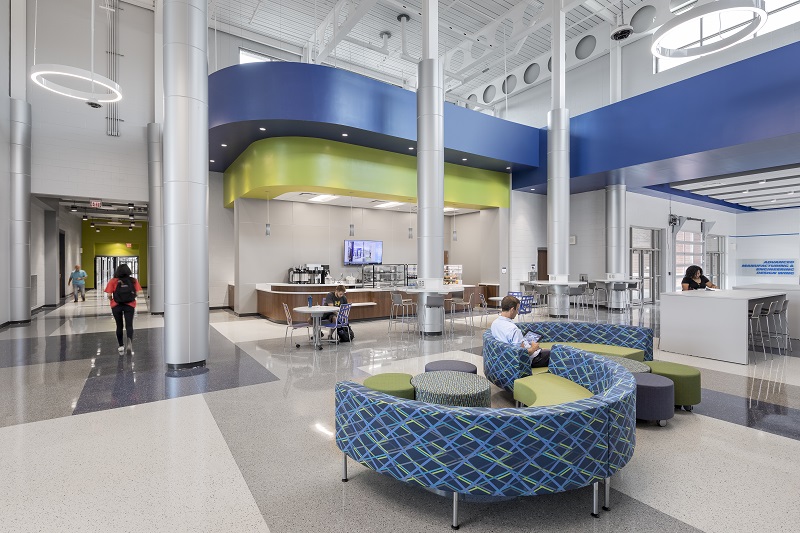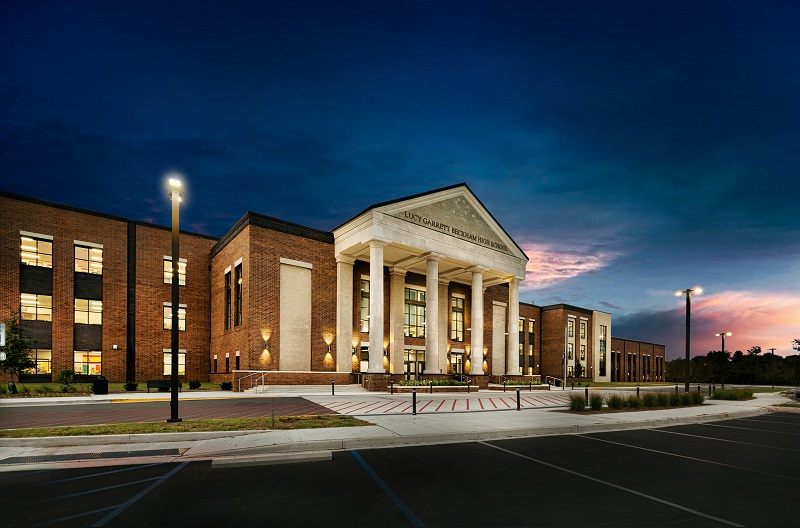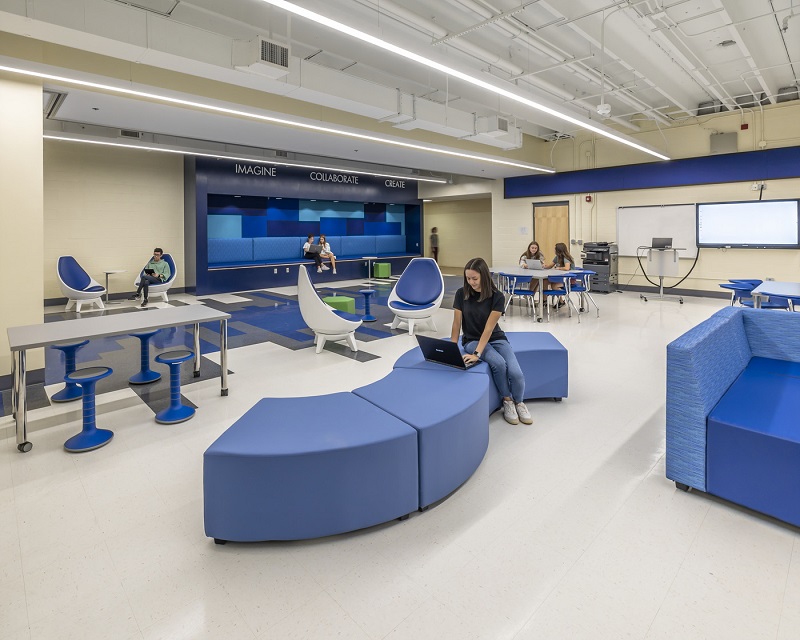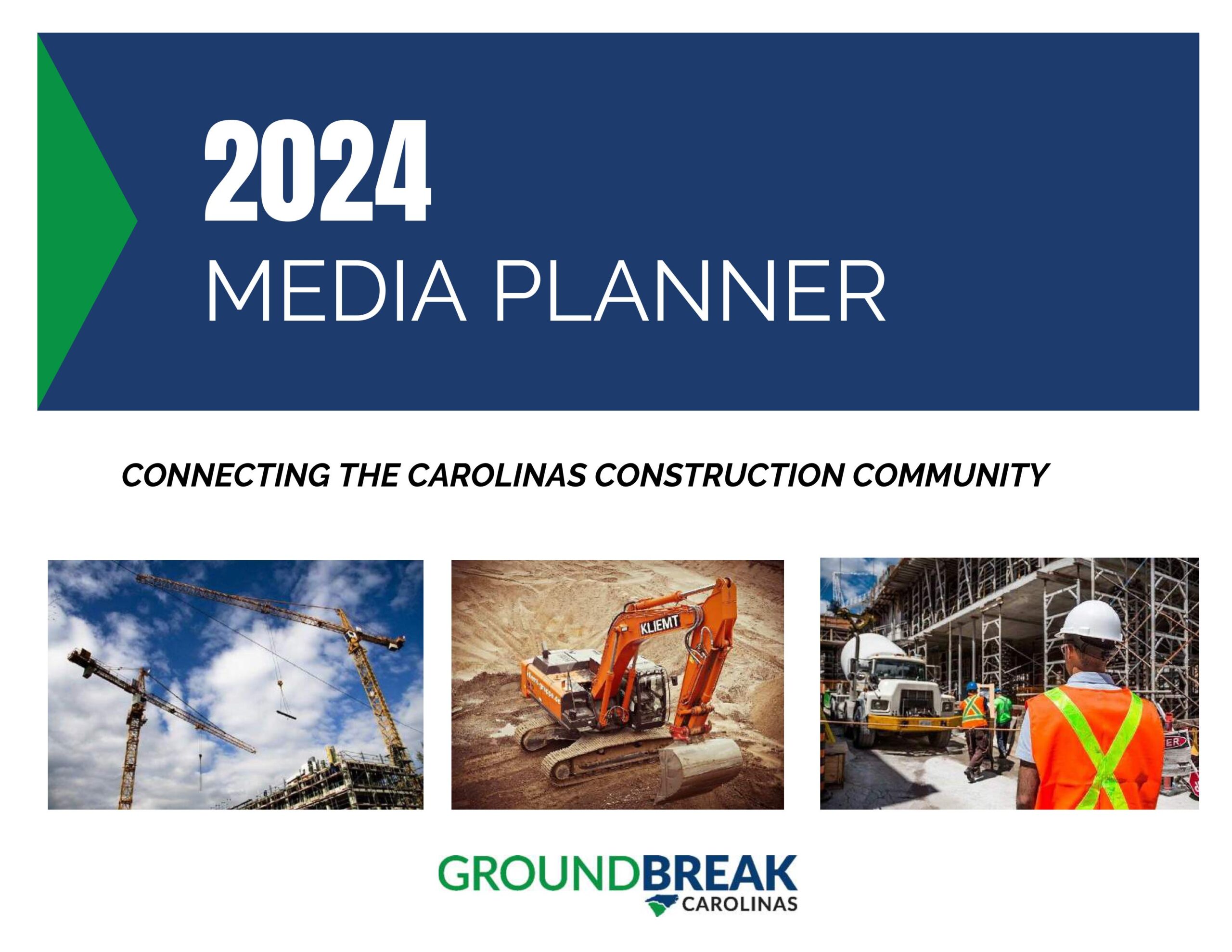Strategically Funding School Facility Improvements
A blueprint for districts to secure taxpayer-funded capital investment
Public education is facing renewed scrutiny in post-pandemic America. Improving student outcomes for today’s world means bringing disparate topics together to make wiser and bolder decisions in school planning, design and improvement. It has always been a challenge for public schools to keep pace with facility maintenance, let alone renovations, building replacements or expansions to support better learning outcomes. If we value public education as a path towards creativity, innovation and a long-term economic driver in our society, then the process we take matters.
To be better prepared for needed improvements, school districts in the Carolinas must develop more sophisticated advanced capital planning strategies that are accurate and responsive to both changing educational needs and individual community demographics.
According to the bleak 2021 Report Card for America’s Infrastructure published by the American Society for Civil Engineers (ASCE), there are approximately 84,000 public schools with 100,000 buildings in the U.S. today, while student enrollment is forecasted to reach 56.8 million by 2026. More than half of those schools need to update or replace multiple building systems. For example, the South Carolina State Department of Education’s most recent capital needs report (2019) projected the need for 55 new schools, 438 renovations, 157 additions and 96 relocatable units through the 2023-24 school year — but the department is facing a nearly $4 billion budget shortfall to address those improvements.
In addition, several districts in North Carolina are evaluating their options given the results of construction cost escalation and areas of concentrated growth. Cleveland County Schools recently announced school closures in a portion of enrollment zones to better allocate resources and prepare for growth in the county, as a whole, fitting into a long-range plan for the district. Charlotte-Mecklenburg County Schools is nearing the end of its $900+ million bond program from 2017 and is asking for input from their communities with older, existing schools.
Making those needs a reality—especially at a time when public schools are expected to do more with less—requires an experienced team of advisors who can plan and steer capital funding in the right direction.
Public K-12 schools across the country rely on a mix of federal, state and local funding to support day-to-day operations. For significant improvements, school systems often look to the sale of municipal bonds to fund those projects in the short term, while the long-term tax revenue generates the repayment of those bonds over time.
While it varies by state, improving existing schools or building new ones requires voter approval and long-term borrowing to spread the cost of major capital improvements over many years. This financing method intends for the community to pay for the improvements with the least yearly tax burden possible.
Improvements vary widely but often need to address critical needs such as:
- Growth or change in enrollment in tandem with today’s educational methodology
- Risk assessment and corresponding safety and security measures
- Improving building resiliency and operational integrity
- Addressing student health and comfort needs
- Optimizing the occupancy and use of existing facilities by converting, renovating or adding wisely
- New construction for facilities or programs that demonstrate an apparent need
With the federal debt rising, construction costs escalating, and many of the country’s campuses only getting older, a deliberate and data-driven approach to capital improvement for school systems is a necessity.
The good news is that local school leadership doesn’t have to shoulder the burden of defining and communicating their needs to voters alone. Experienced education planners, working in tandem with K-12 school designers and technical architects, can help districts take a morefocused, strategic and transparent approach that includes:
- Analyzing existing property conditions
- Reviewing educational performance data and community demographic trends
- Collecting and responding to community and staff input
- Facilitating public meetings, focus groups and user groups
- Narrowing the focus from unrealistic ideas to actionable options
Getting the messaging right is crucial—especially since districts are often legally barred from promoting referendums but are tasked with objectively informing constituencies about them.
How can schools in South Carolina arrive at solutions that will make us a model for the rest of the country?By starting early and followinga proven series of phases to arrive at the best outcome for all stakeholders. Here’s where to begin:
Gather information and define the facts
Districts must thoroughly assess their buildings to know how space is currently being used. In addition to looking at current physical conditions and the lifespan of all systems (physical obsolescence), demographic trends must be qualified and quantified along with the yearly operational cost of a building, including utilities and maintenance. It’s important for districts to forecast a reasonable district-wide maintenance plan (based on the amount of tax revenue a school district receives that can be allocated to maintenance.)
This discovery process can take anywhere from 2-5 months for a small to mid-size school district and up to a year for larger districts. School systems should also implement a plan to capture this data in an ongoing process going forward.
Cross-reference and examine the information gathered
One of the most valuable takeaways from this phase is understanding how one data set informs another. For example, how will demographic trends affect community needs, and how will that translate to building use? For instance, if a district’s student enrollment is expected to grow and they have underutilized schools, converting some existing spaces to new functions may be a reasonable solution. Before major improvements, districts should also evaluate and forecast the cost of maintenance over 5 to 10 years to get a baseline “keep the lights on” budget.
Help all stakeholders to share the vision
There should be consistent and effective communication with everyone who will be affected by the decisions being considered. That includes district leadership, elected boards, the community, teachers and staff.The capital improvement plan will include anything too big to be rolled into a maintenance plan, and communicating these needs to all stakeholders should be continuous during the entire process. For many school systems, this is a fundamental shift in operation and can involve the use of web and social media platforms as well as more in-person and informal public interaction with stakeholders.
Synthesize all data and feedback into viable solutions
There is always more than one way to solve a complex problem, and engaging the community can often help identify the best way forward. It’s important for voters to be able to review and evaluate options. Presentations to the public should include not only the justification of needs and the vision for accommodating them but also the current and projected costs. If a bond referendum is included, what part of the capital improvement plan can voters support? What projects take priority in presenting to voters? This is where communicating the school system’s mission and vision may help inform the selection of a roadmap in the form of a Capital Improvements Plan.
Who should be involved?
Internally, it takes the involvement of school leaders, including the Superintendent and whoever fulfills the COO role for operations, facilities and maintenance, and curriculum. Externally, in addition to educational planners and K-12 designers, schools should look to consult a demographer, engineers familiar with K-12 school construction, building envelope consultants, and other specialty consultants familiar with the building types being evaluated. A cost estimator or general contractor familiar with school construction in the region is also a valuable addition to the capital improvement planning team.
The advantage of planning strategically for taxpayer-funded school improvements, big and small, cannot be understated. Districts like Richland 2, which passed the largest bond referendum in South Carolina at the time, set a great example for other districts in the state to follow. Successful capital improvement planning can also lead to further economic development in surrounding communities. Business and industry values education. This has been true in recent initiatives in multiple Spartanburg County school districts, Beaufort County, Charleston County, multiple Lexington County school districts, and multiple York County school districts, to name a few.
With the right team and approach, capital improvement planning can be something that every student benefits from and that school districts and taxpayers can collectively feel good about.
Ben Thompson, AIA, ALEP, K-12 Studio Director, is part of a specialized team at McMillan Pazdan Smith that assists school districts in securing funding for facility upgrades and expansions. He can offer helpful tips and strategies for district leaders considering their various building and financing options. Contact Ben at bthompson@mcmillanpazdansmith.com.

Main photo (at top of page) – Charlotte Mecklenburg School District Harding University High School Career & Technical Education. Photo Credit: snapWerx. At Harding University High School in Charlotte, classrooms were updated to provide a large multi-purpose space, an operable wall opens the large classroom into the hallway for collaboration and break-out areas. These updates were part of the 2017 CMS Bond Program.

Anderson, SC
Credit: Kris Decker/Firewater Photography
Anderson Institute of Technology serves multiple school districts in Anderson County, SC, offering high-tech global academics and technical programs that prepare students to enter the workforce career-ready or continue onto college and university. The school was made possible by a voter-approved sales tax referendum and local industry partnerships.

Mt. Pleasant, SC
Photo Credit: Newport653
Lucy Beckham, a new high school serving the growing population of Mt. Pleasant, SC, was part of a wave of school projects passed by a voter-approved penny sales tax.







